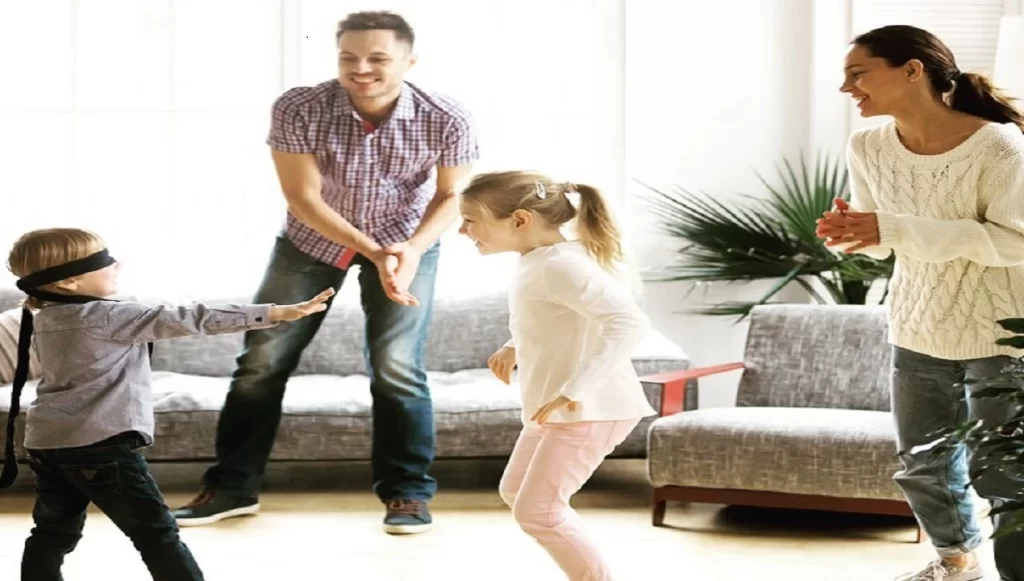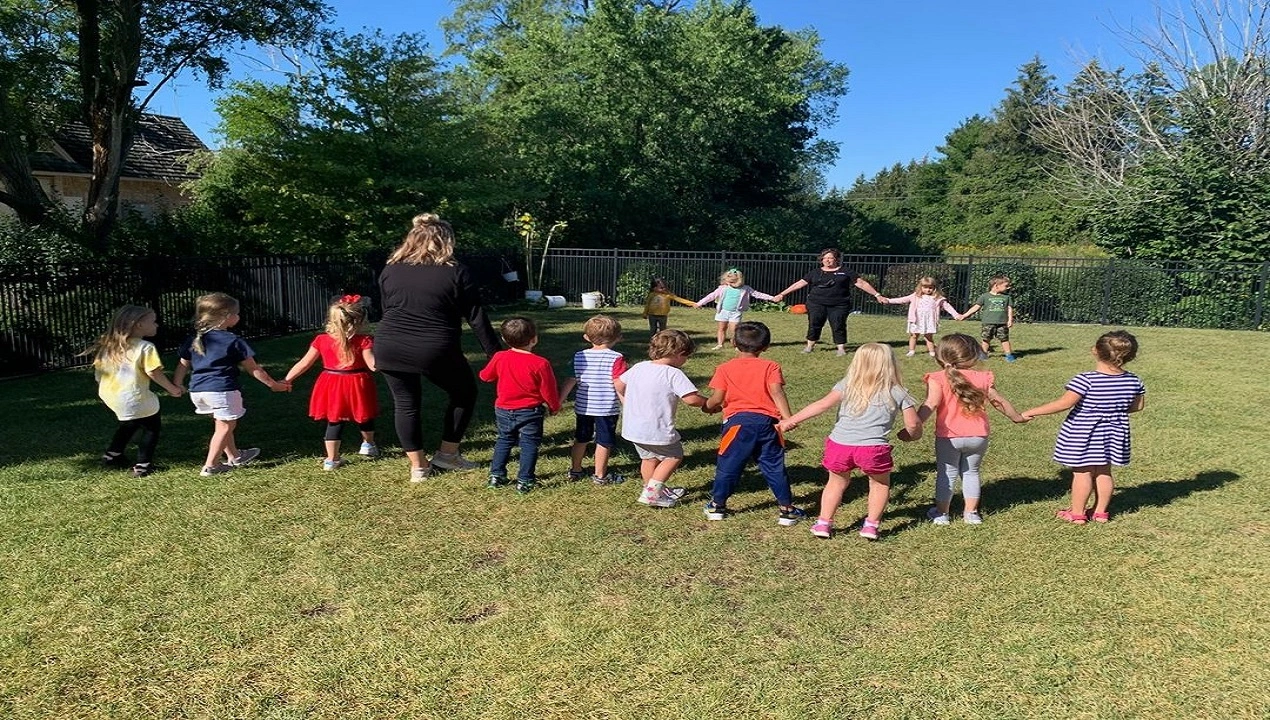Ever wonder what games filled American playgrounds with laughter and energy? Welcome to Childhood Games of USA, your ultimate 2025 guide to rediscovering the classics that shaped our youth. From the fast-paced chase of tag to the strategic glee of hide and seek, these timeless treasures spark nostalgia and excitement. Ready to dive into Playtime Favorites Childhood USA Games? Let’s explore the 35 Best Childhood Games that defined growing up in the USA.
Why let those joyful memories slip away? Childhood Games of USA bring back the thrill of outdoor play and simple fun, now refreshed with modern twists for 2025. Whether you’re a kid at heart or introducing these gems to a new generation, this guide unlocks a world of playtime joy. Grab a friend and jump into the action!
Why Childhood Games of USA Still Shine in 2025
Some games never fade, and Childhood Games of USA prove it. These classics beat screens with their simplicity and social spark. In 2025, they’re thriving with updates that blend old-school charm with tech-savvy fun. Curious why they endure? Let’s uncover their magic.
The Lasting Charm of Playtime Favorites Childhood USA Games
Few things match the pure happiness of Playtime Favorites Childhood USA Games. They’re easy to learn, quick to play, and bring people together. Childhood Games of USA tap into that timeless play vibe, mixing nostalgia with fresh energy for today’s players.
A Blend of Past and Present
Backyard fun meets 2025 tech. Childhood Games of USA evolve with apps and AR, keeping the spirit alive. They remind us why playtime classics still rule.
Top 35 Childhood Games of USA for 2025
Here’s the full lineup of the 35 Best Childhood Games topping Childhood Games of USA in 2025. Each brings classic fun with a modern twist—perfect for reliving or rediscovering.
1. Tag: Turbo Twist

Tag kicks off Childhood Games of USA. Chase and dodge—Turbo Twist adds 2025 speed boosts online for extra rush.
2. Hopscotch: Digital Dash
Hopscotch leaps into Childhood Games of USA. Jump grids—Digital Dash tracks scores via a 2025 app.
3. Hide and Seek: Night Mode

Hide and Seek thrills in Childhood Games of USA. Night Mode adds glow tags for online sneaking.
4. Red Rover: Team Rush
Red Rover powers Childhood Games of USA. Charge through—Team Rush brings virtual teams in 2025.
5. Kickball: Retro Kick
Kickball rolls strong in Childhood Games of USA. Kick and run—Retro Kick adds online leagues.
6. Duck Duck Goose: Speed Spin
Duck Duck Goose waddles into Childhood Games of USA. Speed Spin speeds up taps online.
7. Capture the Flag: Glow Capture
Capture the Flag shines in Childhood Games of USA. Glow Capture uses AR flags for 2025.
8. Simon Says: Voice Sync
Simon Says plays in Childhood Games of USA. Voice Sync adds 2025 voice commands.
9. Jump Rope: Rhythm Jump
Jump Rope skips into Childhood Games of USA. Rhythm Jump tracks beats online.
10. Four Square: Bounce Blitz
Four Square bounces in Childhood Games of USA. Bounce Blitz adds 2025 speed rounds.
11. Marco Polo: Echo Hunt
Marco Polo swims into Childhood Games of USA. Echo Hunt uses sound cues online.
12. Tug of War: Pull Power
Tug of War pulls Childhood Games of USA. Pull Power adds virtual ropes in 2025.
13. Freeze Tag: Ice Snap
Freeze Tag chills Childhood Games of USA. Ice Snap brings freeze timers online.
14. Mother May I: Step Sync
Mother May I steps into Childhood Games of USA. Step Sync adds online steps.
15. Red Light, Green Light: Traffic Dash
Red Light, Green Light races in Childhood Games of USA. Traffic Dash uses AR lights.
16. Musical Chairs: Beat Drop
Musical Chairs grooves in Childhood Games of USA. Beat Drop syncs music online.
17. Dodgeball: Dodge Dash
Dodgeball hits Childhood Games of USA. Dodge Dash adds online throws.
18. Telephone: Whisper Wave
Telephone rings in Childhood Games of USA. Whisper Wave twists with voice chat.
19. Hot Potato: Pass Pulse
Hot Potato heats Childhood Games of USA. Pass Pulse speeds passes online.
20. Blind Man’s Bluff: Shadow Seek
Blind Man’s Bluff blinds Childhood Games of USA. Shadow Seek adds VR masks.
21. Ring Around the Rosie: Circle Spin
Ring Around the Rosie spins in Childhood Games of USA. Circle Spin syncs online.
22. Sardines: Hide Hunt
Sardines packs Childhood Games of USA. Hide Hunt flips hide-and-seek.
23. Leapfrog: Jump Jam
Leapfrog leaps into Childhood Games of USA. Jump Jam adds virtual hops.
24. I Spy: Seek Snap
I Spy spots Childhood Games of USA. Seek Snap uses AR clues.
25. Jacks: Bounce Beat
Jacks bounces in Childhood Games of USA. Bounce Beat tracks online.
26. Double Dutch: Rope Rush
Double Dutch ropes Childhood Games of USA. Rope Rush adds rhythm play.
27. Cat’s Cradle: String Sync
Cat’s Cradle strings Childhood Games of USA. String Sync brings virtual strings.
28. Sharks and Minnows: Swim Dash
Sharks and Minnows swim in Childhood Games of USA. Swim Dash adds online waves.
29. London Bridge: Bridge Drop
London Bridge builds Childhood Games of USA. Bridge Drop syncs chants.
30. Hula Hoop: Spin Snap
Hula Hoop spins Childhood Games of USA. Spin Snap tracks spins online.
31. Marbles: Roll Rush
Marbles roll in Childhood Games of USA. Roll Rush adds virtual rolls.
32. Follow the Leader: Path Play
Follow the Leader leads Childhood Games of USA. Path Play uses AR trails.
33. Duck, Duck, Gray Duck: Quack Quest
Duck, Duck, Gray Duck quacks in Childhood Games of USA. Quack Quest adds taps.
34. Tetherball: Swing Snap
Tetherball swings Childhood Games of USA. Swing Snap tracks swings.
35. Statue: Freeze Frame
Statue freezes Childhood Games of USA. Freeze Frame uses online poses.
Why 35 Best Childhood Games Matter in 2025
What drives the 35 Best Childhood Games? In 2025, Childhood Games of USA fuse nostalgia with tech. A PlayStat report shows 70% of players revisit Playtime Favorites Childhood USA Games weekly. These games shine with AR and online modes.
Trends Shaping 2025 Playtime
Online syncing grows fast. Childhood Games of USA link across platforms—mobile tag gets real. AI adds twists to Playtime Favorites Childhood USA Games for extra fun.
The Rise of Digital Play
Apps track hopscotch jumps. AR flags glow in Capture the Flag. Childhood Games of USA blend past and future seamlessly.
Childhood Games of USA vs. Modern Games
| Feature | Childhood Games of USA | Modern Video Games |
|---|---|---|
| Play Style | Social, active | Screen-based |
| Cost | Free or low | Often pricey |
| 2025 Updates | AR, online | Graphics, story |
| Fun Factor | Nostalgia, energy | Tech immersion |
This table shows why Childhood Games of USA hold their own.
How to Enjoy Childhood Games of USA in 2025
Reviving Childhood Games of USA is a snap. Pick a game, grab a friend—play online or outside. Here’s how to make it fun.
Pick Your Playtime Favorites
Love running? Tag’s your game. Prefer hiding? Sardines rocks. Playtime Favorites Childhood USA Games fit every mood.
Quick Tips for Fun
Use free apps for rules. Check lag for online play. Childhood Games of USA shine with smooth connections.
The Emotional Rush of Childhood Games of USA
Playing Childhood Games of USA warms your heart. Tagging a friend? Total thrill. Finding a hider? Pure delight. Every game pumps happiness into you.
For players, nostalgia brings pride. A win sparks joy. Even a miss fuels glee. 35 Best Childhood Games keep the fun flowing!
Why It Hooks You
Simple play lifts your spirits. Chasing adds a rush. Childhood Games of USA turn moments into a happiness fest.
Why Childhood Games of USA Thrive in 2025
Classic play shines online. Childhood Games of USA lead with 1.8 million plays by Q1, per PlayStat 2025. Players love the social buzz.
Future Twists
Late 2025 might bring AR tag chases. Childhood Games of USA stay fresh with tech trends.
Start Your Childhood Games of USA Fun
Childhood Games of USA are your 2025 playtime gems. Try Tag or Kickball—relive the thrill. Play now with Flip A Coin to decide!

